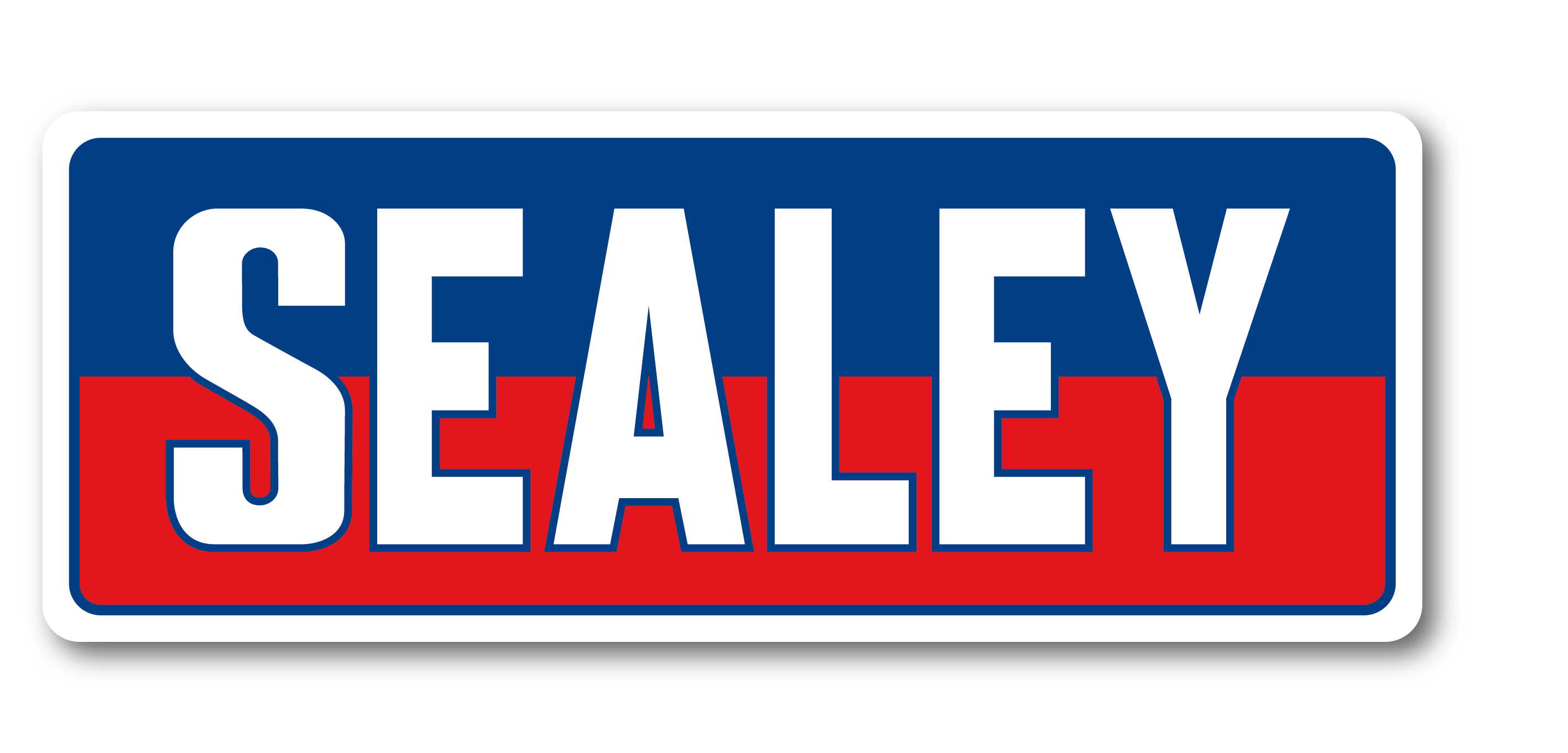Stakeholder Governance Report (Section 172)
Stakeholder Governance Report (Section 172)
Section 172(1) statement
The Directors recognise their responsibility under section 172(1) of the Companies Act 2006 to promote the success of the Company for the benefit of its members and other stakeholders. This report identifies some of the Company’s key stakeholders and explains how the Directors fulfil their responsibility to them.
Employees
Recruiting and retaining good employees is essential to the delivery of the strategy and future growth of the business. The Company aims to empower and engage employees throughout the business, by encouraging each to solve problems at their own level. Training is provided where relevant and there is an annual ‘Personal Development Review’ process in place.
Employees are encouraged to express their views on the Company’s operations and future developments. Regular meetings are held between managers and employees to help facilitate a free flow of information and ideas. All significant developments within the business are communicated to employees by the directors, including via email, a monthly newsletter, noticeboards and online.
During the year, employee turnover was 13.3% (2023 – 8.7%).
Customers
The Directors recognise that the Company’s customers are key to its continued success, therefore a high emphasis is placed on providing exceptional levels of customer service and on maintaining good relationships with customers.
The Directors actively engage with new and existing customers to understand their real and perceived needs. This has helped to drive various aspects of the Company’s strategy and operations, including in customer service, providing quality and competitively priced products, maintaining good stock availability and in development of the product range.
Suppliers
The Company works closely with its suppliers, as it relies on them to provide products and services which meet stringent quality and performance requirements. Engagement is at an operational level on a day-to-day basis to ensure the Company’s expectations are met from a quality and delivery perspective and at director level in relation to more strategic discussions.
The Directors ensure the Company interacts ethically with its suppliers and adheres to commercially agreed payment terms.
Our community and the environment
The Company is a significant local employer and large business therefore the Directors recognise it has an important role to play as an employer, neighbour and active participant in the local community. The Directors regularly meet with community leaders to maintain relationships and to ensure their views are considered.
The Company also recognises the need to operate responsibly in relation to the environment and natural resources. Therefore, it is committed to reducing its environmental impact as an integral part of its business strategy and operating methods.
During the year, the Company has continued to replace vehicles used by the sales team with hybrid vehicles to further reduce its carbon footprint. This is evidenced in the reduction in consumption in fuel for transport compared to last year, detailed in the following section.
Energy and carbon footprint regulations
The annual quantity of emissions (tonnes) of carbon dioxide equivalent, resulting from activities for which the Company is responsible are as follows:
- the combustion of gas - 0.0 tC02e/year (2023 - 0.0 tC02e/year)
- the consumption of fuel for the purposes of transport - 98.3 tC02e/year (2023 - 122.4 tC02e/year)
- the purchase of electricity by the Company for its own use, including for the purposes of transport -198.3 tC02e/year (2023 - 186.7 tC02e/year)
The annual quantity of energy consumed from activities for which the Company is responsible was 1,771,562 kWh/year (2023 – 1,834,295 kWh/year).
The above figures have been calculated by a third-party business of energy and environmental consulting engineers. Electricity and gas consumption were based on a data set collated from invoices internally by the Company as part of its utilities monitoring strategy, whilst mileage figures were used to calculate energy and emissions from fleet vehicles. Gross calorific values were used except for mileage energy calculations. The Company continues to take measures to reduce its carbon footprint and improve energy efficiency, some of which are discussed in the previous section.
The Company utilises the following key ratio to express total annual emissions in relation to total occupied floorspace of the business:
Total tonnes of carbon dioxide per ‘000 square meter floor area = 6.29 tCO2e/year per m2 (2023 – 8.84 tCO2e/year per m2.)
Equal opportunities
The Company is an equal opportunity employer and is fully committed to a policy of treating all its employees and job applicants equally. During the year, training was provided to all employees on equality and diversity awareness.
Full consideration is given to applications for employment based on experience, skills, knowledge and ability to adequately perform the role.
Where existing employees become disabled, it is the Company’s policy wherever practical to provide continuing employment under normal terms and conditions, as well as provide training, career development and promotion wherever appropriate.
Regulatory bodies
The Company aims to maintain the highest standards of conduct with each of the regulatory bodies it engages with. The Directors support a principled and moral approach to doing business, which is embedded in the culture of the Company. We have several policies in place including our zero tolerance to unethical matters such as bribery and corruption, along with maintaining transparent and fair policies with each of our stakeholders.
The Company website details its compliance with the Modern Slavery legislation and provides information on our Gender Pay report.
